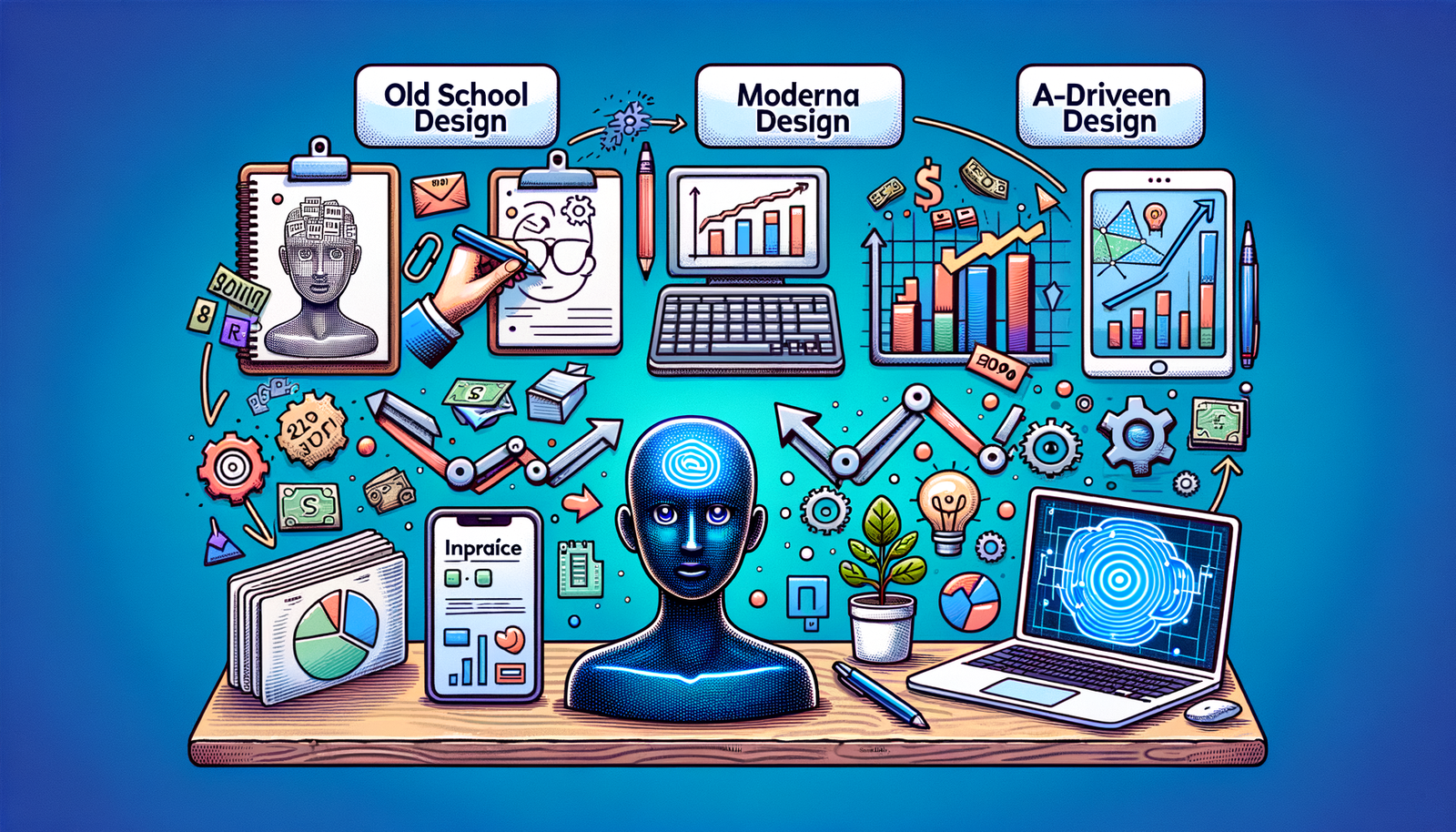Your Cart is Empty
Customer Testimonials
-
"Great customer service. The folks at Novedge were super helpful in navigating a somewhat complicated order including software upgrades and serial numbers in various stages of inactivity. They were friendly and helpful throughout the process.."
Ruben Ruckmark
"Quick & very helpful. We have been using Novedge for years and are very happy with their quick service when we need to make a purchase and excellent support resolving any issues."
Will Woodson
"Scott is the best. He reminds me about subscriptions dates, guides me in the correct direction for updates. He always responds promptly to me. He is literally the reason I continue to work with Novedge and will do so in the future."
Edward Mchugh
"Calvin Lok is “the man”. After my purchase of Sketchup 2021, he called me and provided step-by-step instructions to ease me through difficulties I was having with the setup of my new software."
Mike Borzage
Design Software History: The Evolution and Impact of Data-Driven Design in Software Development
December 05, 2024 3 min read


Introduction
Data-driven design has emerged as a fundamental approach in contemporary software development, integrating vast amounts of data to inform and enhance the design process. This methodology leverages analytics and user-generated insights to create software that not only meets but anticipates user needs. In an era where data is abundant and accessible, the relevance of data-driven design cannot be overstated. It enables designers and developers to craft solutions that are both efficient and tailored to specific audience preferences. Companies like Autodesk and IBM have been at the forefront of this movement, pioneering technologies that harness the power of data to revolutionize design software. These industry leaders have recognized that incorporating data analytics into design processes is not just advantageous but essential in driving innovation and maintaining competitiveness in the market.
Historical Context of Data-Driven Design
The evolution of design software towards data integration marks a significant shift from traditional design methodologies to more dynamic, information-centric approaches. Key milestones in this journey include the development of early computer-aided design (CAD) systems in the 1960s and 1970s, which laid the groundwork for digital design tools. As technology advanced, so did the capabilities of design software, moving from simple drafting programs to complex modeling and simulation platforms. Significant figures like John Walker, co-founder of Autodesk, and organizations such as IBM played pivotal roles in this transformation. Autodesk's introduction of AutoCAD in 1982 democratized access to CAD tools, while IBM's computing power facilitated more complex data processing. The transition to data-centric approaches became more pronounced in the late 1990s and early 2000s with the advent of the internet and the proliferation of digital data. Designers began to recognize the value of incorporating data analytics to enhance precision, efficiency, and user engagement in the design process.
Technological Advances Enabling Data-Driven Design
The acceleration of data-driven design has been propelled by significant technological advances in recent years. Core technologies such as Big Data, Machine Learning, and Cloud Computing have empowered designers to collect, analyze, and apply vast datasets effectively. Big Data provides the volume and variety of information needed to gain comprehensive insights into user behaviors and market trends. Machine Learning algorithms enable software to learn from data patterns, improving predictive capabilities and automating aspects of the design process. Cloud Computing offers scalable resources and accessibility, allowing for collaborative design and real-time data integration. Specific design software like Autodesk Fusion 360 and SolidWorks have integrated these technologies to provide powerful platforms for data-driven design. These tools offer features that analyze user interactions, simulate real-world performance, and optimize designs based on analytics. The incorporation of data-driven approaches in these software solutions has led to more informed decision-making, enhanced innovation, and products that better meet user needs.
The impact of these technologies is multifaceted:
- Enhanced User Insights: Data analytics provide deep understanding of user preferences and behaviors.
- Improved Design Efficiency: Automation and predictive tools streamline the design process.
- Innovative Solutions: Data-driven insights lead to novel design approaches and products.
By embracing these technological advances, designers and organizations can stay ahead of industry trends and deliver superior products and services.
Conclusion
The transformative impact of data-driven design on the software landscape is evident in the enhanced capabilities and innovative solutions emerging across industries. By integrating analytics into design processes, companies are able to create more personalized, efficient, and high-performing products. The future outlook for data-driven design is promising, with expectations that it will become a standard practice in various industries, from architecture to automotive engineering. Continuously evolving technologies will further enable designers to harness data in more sophisticated ways. There is a clear need for ongoing innovation and integration of analytics to meet the ever-changing market demands. Emphasizing data-driven methodologies will not only improve product outcomes but also drive competitive advantage in the global marketplace. As the volume of available data continues to grow, the potential for its application in design expands, offering endless possibilities for advancement and excellence in the field.
Also in Design News

Cinema 4D Tip: Fast Look Development Using Cinema 4D’s OpenGL Viewport
December 10, 2025 2 min read
Read More
ZBrush Tip: ZBrush Layers: Non-Destructive Workflow and Best Practices
December 10, 2025 2 min read
Read More
AutoCAD Tip: Sheet Set Manager: Centralize and Automate AutoCAD Sheets
December 10, 2025 2 min read
Read MoreSubscribe
Sign up to get the latest on sales, new releases and more …


